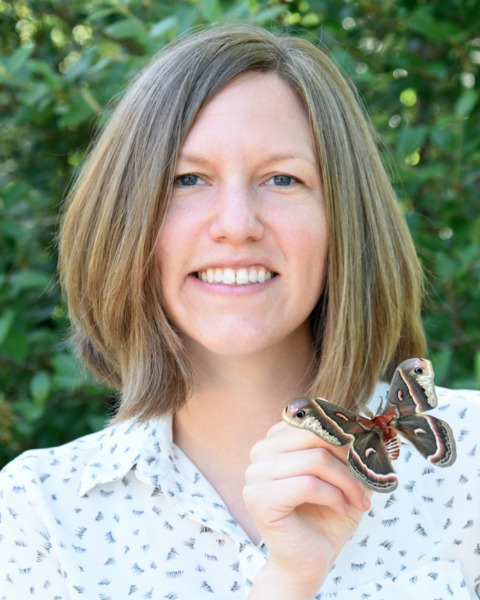Member Symposium
Plant-Insect Ecosystems
Best practices for insecticide applications for western bean cutworm management

Andrea Rilakovic
PhD candidate
University of Nebraska - Lincoln
North Platte, Nebraska- MZ
Milos Zaric
University of Nebraska
North Platte, Nebraska - JG
Jeffrey A. Golus
Research Manager Plant Science
University of Nebraska
North Platte, Nebraska - BV
Bruno Vieira
Syngenta
Basel, Basel-Stadt, Switzerland - AD
Alisson Da Silva
Post-Doctoral Research Associat
University of Nebraska
North Platte, Nebraska - BF
Bradley Fritz
USDA-ARS, Nebraska
- GK
Greg Kruger
Rosen's
- TD
Turner Dorr
University of Nebraska
North Platte, Nebraska - DR
Daran Rudnick
Kansas State University, Kansas
.jpg)
Ana M. Velez (she/her/hers)
Associate Professor Department of Entomology
University of Nebraska
Lincoln, Nebraska
Julie Ann Peterson
Professor
University of Nebraska
North Platte, Nebraska
Presenting Author(s)
Co-Author(s)
The western bean cutworm Striacosta albicosta (Smith) is a native insect in North America that is recognized as an economically important maize pest. High western bean cutworm (WBC) pressure, lack of effective Bt toxins in corn hybrids, inadequate application methods, and WBC infestation can result in devasting yield losses.
The current management of WBC in Nebraska frequently relies on insecticide applications. Hence, most farmers apply insecticides by airplane, although spray coverage is not uniform. Some farmers apply insecticides by chemigation (using an overhead irrigation system) despite the lack of information on their efficacy against this pest. Another challenge that farmers face with WBC management is the effectiveness of foliar-applied insecticides. The efficiency and efficacy of insecticides greatly depend on application technique and timing. Additionally, exposing this pest to sublethal dosages may cause insecticide resistance.
Reports from stakeholders indicate that satisfaction with chemical applications is highly variable. To understand current chemical control practices, we distributed a survey to Nebraska corn growers, crop consultants, and professional pesticide applicators. The survey had 55 questions that covered respondent demographics, details about how aerial application and/or chemigation is practiced, and factors that they believe are leading to successful or unsuccessful applications.
The combination of field, laboratory, and human dimensions of research can allow for a synergy in improving insecticide applications. This leads to improved stewardship of insecticide active ingredients and resistance management, reduction in the off-target movement of insecticides and impacts on non-target organisms, and improved economic viability for producers.

.png)
